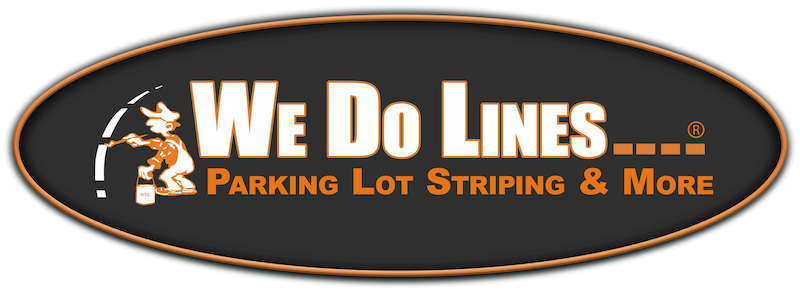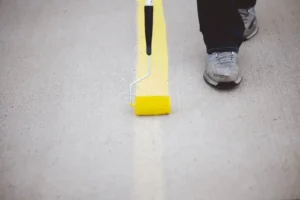Playgrounds are joyful havens where children explore, play, and learn. Central to the fun and safety of these spaces are clearly marked playground lines. In this comprehensive guide, we’ll explore why well-defined lines are more than just decorative; they’re essential for the well-being of our children.
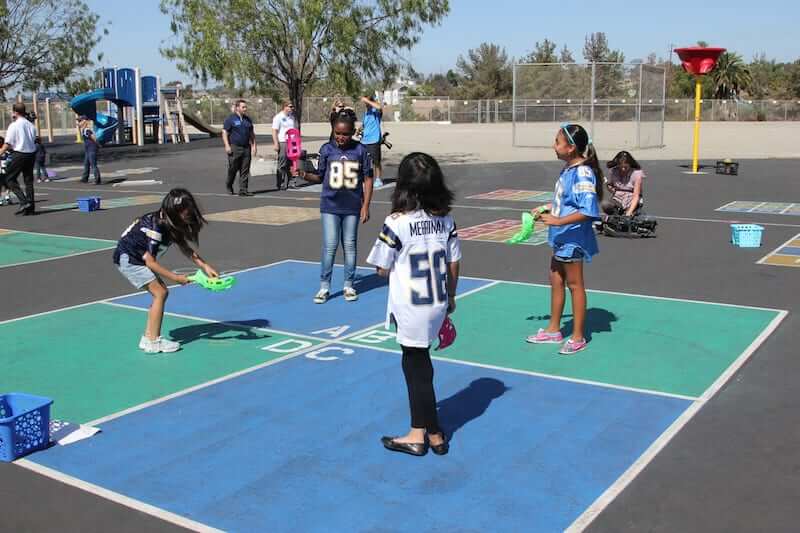
Section 1: A Visual Guide for Safe Play
Playgrounds are vibrant hubs of activity, and children often move quickly from one play area to another. Clearly marked playground lines provide a visual guide that helps children navigate these spaces with ease and safety. They define the boundaries of different play areas, allowing kids to understand where they can run, jump, and interact safely.
In a world filled with colorful equipment and endless possibilities for play, lines serve as reliable markers, promoting order and ensuring that children remain within safe zones.
Section 2: Minimizing Collisions and Conflicts
Playgrounds can get crowded, especially during peak play hours. Without proper boundaries, children may unintentionally collide while engaged in various activities. Clearly marked lines are more than just colorful adornments; they are guardians of safety. They create clear distinctions between areas designated for different types of play, helping reduce the risk of accidents and conflicts.
Section 3: The Role of Lines in Game Play
Playgrounds often serve as arenas for classic games like hopscotch, four square, and tag. For these games to be enjoyable and fair, clear lines are indispensable. Lines provide the boundaries that make games like hopscotch possible, enhancing the fun and competitive spirit of play.
Section 4: Safety Beyond the Equipment
While playground equipment like swings and slides gets a lot of attention, the entire play area deserves equal consideration. Lines establish safe zones and ensure that children have ample space to play freely. They create a structured environment that promotes order and safety, allowing children to enjoy every corner of the playground without concerns about overcrowding.
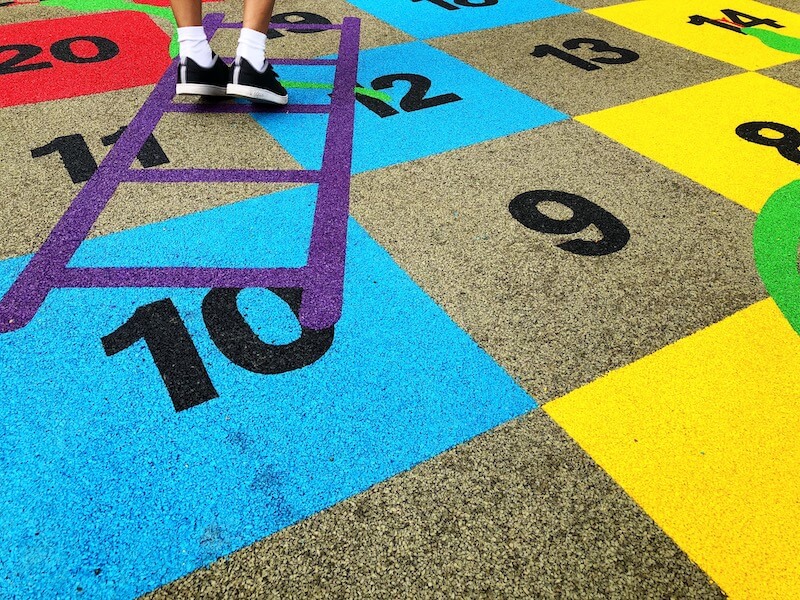
Section 5: Weather-Resistant Materials
Playground lines endure constant use and exposure to the elements, from scorching summer days to freezing winters and torrential rains. Using durable, weather-resistant materials is essential to ensure that lines remain clear and safe. This section will emphasize the importance of choosing the right materials to withstand the test of time, providing a consistent safety measure that children can rely on.
Section 6: Accessibility and Inclusivity
For a playground to be truly inclusive, it must cater to the needs of children of all abilities. Clearly marked lines help define accessible pathways, parking spaces, and play areas designed for children with diverse needs. By ensuring that all children can navigate the playground safely and comfortably, lines serve as bridges to inclusive play.
Section 7: Line Maintenance for Longevity
Playground lines are subject to constant wear and tear, but regular maintenance can ensure that they remain effective and visible. It’s important to provide routine upkeep, including cleaning, repainting, and addressing any damage to the lines. By investing in the maintenance of lines, we can extend their longevity and continue to provide a safe play environment for children.
Section 8: Safety During Recess and Beyond
Playground lines are not confined to schoolyards. Public parks, recreational areas, and community centers also benefit from these safety markings. By promoting the importance of these lines in public spaces, we can ensure that children remain safe and protected during unstructured play, even beyond school hours.
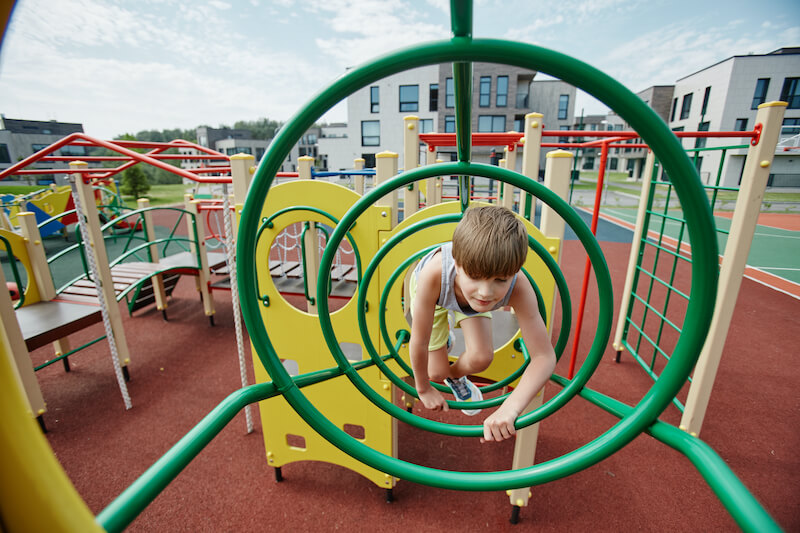
Section 9: Designing Engaging and Educational Lines
Playground lines have the potential to be more than just guides for safe play. They can also serve as canvases for creative and educational designs. Engaging line markings can include mazes, puzzles, numbers, letters, and imaginative elements that inspire children to learn while they play.
Section 10: Promoting Safe Play in Your Community
The responsibility for promoting safe play extends to every member of a community. From parents and teachers to community leaders and playground supervisors, everyone plays a role in creating a safe and enjoyable play environment for children. By working together, we can ensure that playground lines fulfill their vital function in promoting child safety.
Conclusion:
Playground lines are not mere decorations; they are vital tools for ensuring the safety and well-being of our children. By maintaining, enhancing, and respecting these lines, we create spaces where kids can explore, play, and learn without unnecessary risks. Remember, safety first on the playground!
Image Source: Playful Playgrounds
